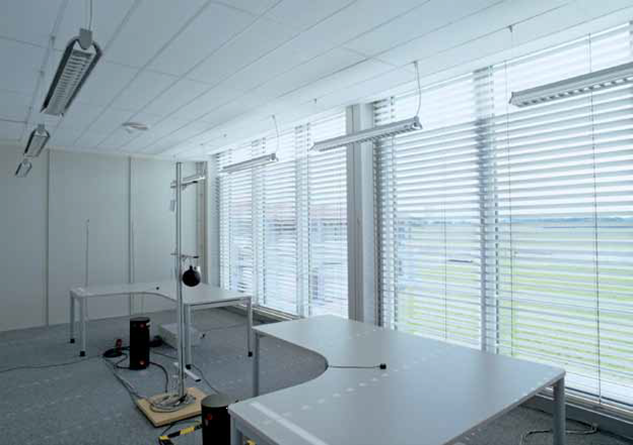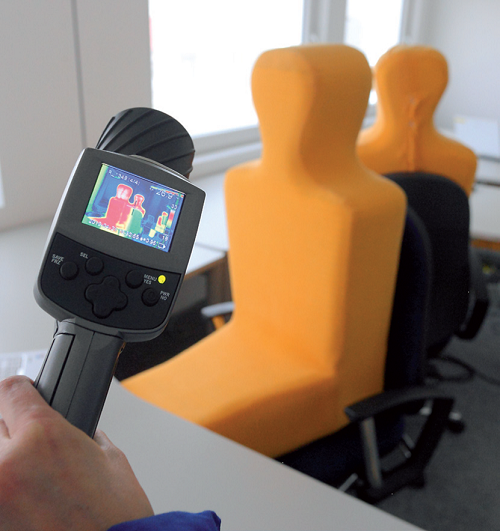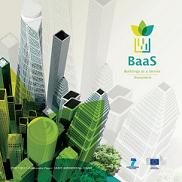WP4: Building Energy Modelling and Simulation for Performance Estimation and Control
Objectives
The objectives of WP4 are to provide building modeling and simulation tools for energy performance (EP) estimation and control design (addressing Scientific Objective SO1) integrating needed-simulation capabilities into the BaaS system.
In particular within WP4 the objectives are:
- to develop thermal simulation models capable of estimating performance (using both models and sensor measurements) so that it can be comprehensibly compared with actual measured performance;
- to create a simulation platform for testing and evaluating the control strategies developed in WP5 (advanced automation and control services for performance optimization of building operation);
- to develop simulation platforms for anomaly identification;
- to create simulation models amenable to control design;
- to integrate the simulation component in the BaaS framework.
Approach
No “one-size fits-all” solution exists to address the objectives specified above. For energy performance estimation, thermal models that accurately represent at the simulation level the building and its components are required (a prerequisite is also that these models have been validated). For control design, “fast-models” that are able to capture sensitivities to parameter variations are deemed more appropriate. Also model-based control-design requires state-space models of particular form (e.g. bi-linear).The trade-off between prediction accuracy and computational complexity is also an obvious consideration. Interfacing with the BIM and the extended data warehouse is a prerequisite for integrating correctly with the BaaS system. Finally creation of the thermal models for the two pilot buildings is considered.


Three tasks have been allotted for this WP:
Task 4.1: Simulation for energy perfomance estimation, interconnection to the BaaS System
This task is in charge of developing a Building Information Model (BIM) specification utilizing formal standard definitions (data & functions) of engineering building components (e.g. pumps, valves), systems (e.g. Air handling units, heat pumps, solar panels) and sensors (temperature, relative humidity, CO2, VOC’s) as specified by professional engineering institutions CIBSE and ASHRAE.
Task 4.2: Simulation models for the pilot buildings
This task aims at creating simulation models of varying complexity and accuracy (“just enough accurate”) for the two pilot buildings to be selected as part of Task 1.1. In particular a hierarchy of models will be created to address differing requirements from different components.
Task 4.3: Evaluation of control strategies on the pilot buildings
Based on the simulation models defined in Task 4.2 and the BAC control-design algorithms to be provided from Task 5.4:
- To use EP models to assess control strategies developed in WP5 and compute relevant KPIs
- To evaluate the performance improvement and select KPIs to be optimize.
- To test WP4 and WP5 algorithm integration before deployment into real building.
- To minimize impact of deployment, gradually deploy the BaaS system starting from less critical zones until a complete implementation.
- To compute energy performance and energy-efficiency comparing the control with the “no-control” strategies. Compute relevant KPIs like the CPI (Control Performance Index) to ascertain (at the simulation level) the performance of the control system.
Contact
Work package leader: MScEng. Juan Rodríguez < This email address is being protected from spambots. You need JavaScript enabled to view it. > Fraunhofer IBP. Kassel (Germany)
Participants:
- Fundación CARTIF
- Honeywell Prague Laboratory.
- Technical University of Crete





